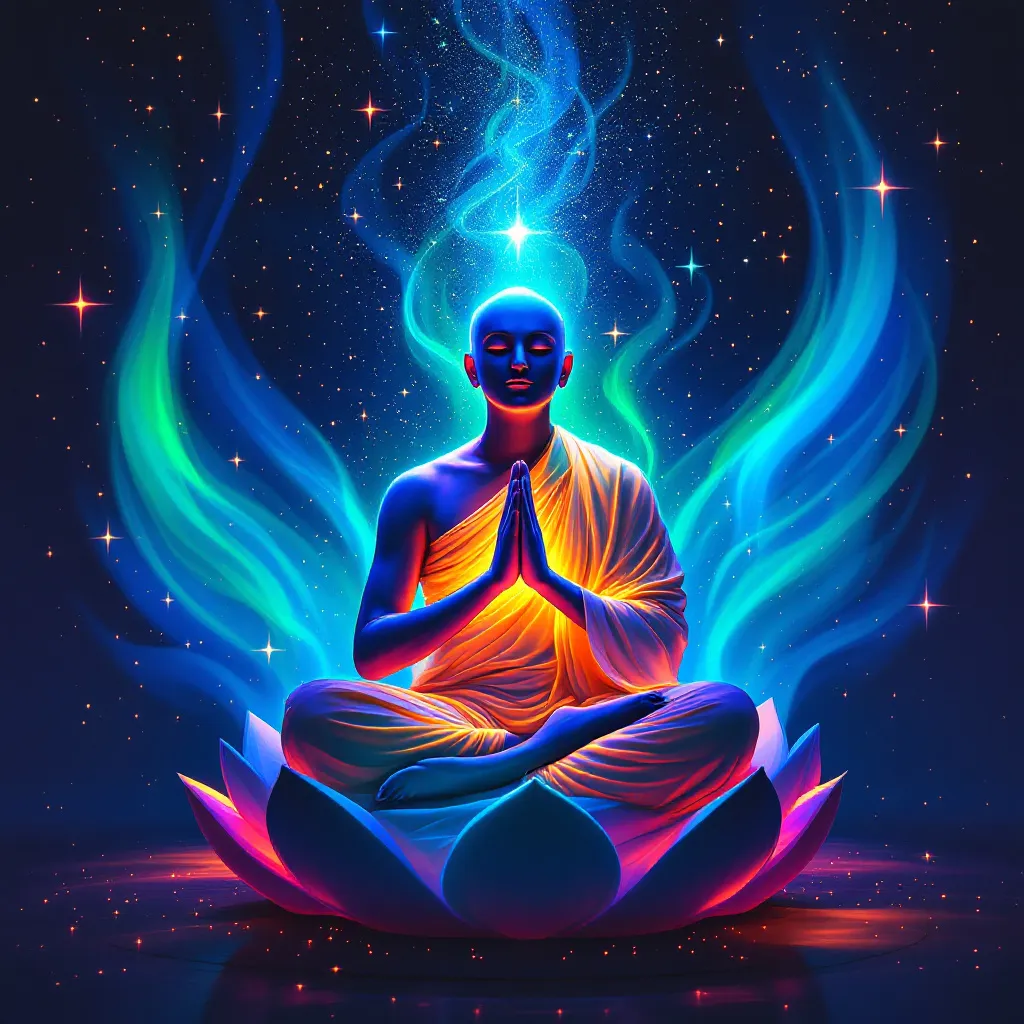Ah, a profound question, friend! Suffering, or dukkha in Pali, lies at the very heart of the Buddha’s teachings. When we explore what suffering is, we’re exploring the fundamental experience of being human.
1. The Essence of Suffering (Dukkha)
In Theravada Buddhism, suffering is described as one of the “Three Marks of Existence,” alongside impermanence (anicca) and non-self (anattā). It encompasses more than just physical pain or emotional distress. Dukkha includes all forms of unsatisfactoriness and incompleteness. It’s the nagging sense that things aren’t quite perfect, that our happiness is fleeting, or that there’s something “more” we still need to be truly content.
2. Types of Suffering
The Buddha described three main kinds of suffering:
Suffering of Suffering (dukkha-dukkha): This is the pain we usually think of—physical pain, sadness, loss, and all the obvious struggles in life. If you stub your toe, lose a loved one, or face illness, that’s dukkha-dukkha.
Suffering of Change (vipariṇāma-dukkha): Even pleasant experiences contain suffering, because they are temporary and bound to change. When we enjoy a wonderful vacation, for example, part of our mind knows it will end. This impermanence creates an underlying dissatisfaction.
All-Pervasive Suffering (saṅkhāra-dukkha): This is the most subtle form of suffering, rooted in the very nature of conditioned existence. Everything we experience is shaped by causes and conditions, and because we lack true control, this foundational sense of instability is present.
3. Why Does Suffering Arise?
The Buddha taught that suffering arises primarily from tanhā (craving) and upādāna (clinging). When we crave sensory experiences, existence, or even non-existence, we set ourselves up for suffering. We want life to fit our ideals, but because of impermanence, it rarely does. Craving and clinging create a tension, as we resist life’s natural flow of change, setting ourselves up for disappointment, anxiety, or frustration.
As the Buddha explained in the First Noble Truth:
“Birth is suffering, aging is suffering, illness is suffering, death is suffering; sorrow, lamentation, pain, grief, and despair are suffering; association with the disliked is suffering; separation from the liked is suffering; not to get what one wants is suffering.” (Dhamma-cakka-ppavattana Sutta)
In short, suffering comes from a misalignment between our desires and reality.
4. Finding Freedom from Suffering
The Buddha didn’t only point out the nature of suffering—he offered a way out. Through the Noble Eightfold Path, we can gradually reduce our craving and attachment, seeing life with greater clarity and compassion. By practicing right view, right mindfulness, and right action, among other path factors, we slowly train ourselves to let go of the grasping that fuels suffering.
Suffering, in this light, becomes our teacher. Each moment of discomfort can remind us of the truths of life—impermanence, interconnectedness, and the possibility of liberation.
A Final Reflection
Understanding suffering is not about feeling hopeless but about gaining insight. When we see that suffering arises from clinging to what cannot last, we can start loosening our grip. Bit by bit, we discover a more enduring peace and joy, one that doesn’t rely on fleeting experiences or perfect conditions.
As Ajahn Chah, a renowned Thai forest monk, once said:
“If you let go a little, you will have a little happiness. If you let go a lot, you will have a lot of happiness. If you let go completely, you will be free.”
In the end, suffering points us back to the present moment and to a path of wisdom and compassion. May your exploration of dukkha lead you to greater understanding, peace, and freedom. ![]()
![]()

Leave a Reply